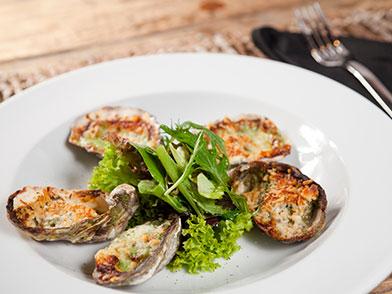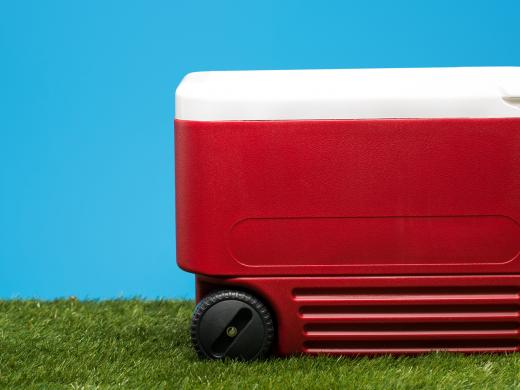Your Gateway to Food Safety Information
Get the latest news, alerts, and tips on safely handling and storing food to prevent food poisoning.
Spotlight
How to Grill Safely this Summer
One of the awesome things about grilling is that you can grill pretty much anything! Use these tips to enjoy delicious and safely grilled food all summer long.
4 Simple Steps to Food Safety

Separate
Raw meat, poultry, seafood, and eggs can spread germs to ready-to-eat foods, so keep them separate.

Cook
Cook to the right temperature. Ensure that foods are cooked safely by always using a food thermometer.

Chill
Refrigerate promptly. Bacteria that cause food poisoning multiply quickest between 40°F and 140°F.
Tips

Splash into Food Safety at the Pool this Summer
Splash into Food Safety at the Pool this Summer

Shopping at the Farmers Market with Food Safety in Mind
When shopping at the farmers market, it’s important to keep food safety in mind.

Oysters and Vibriosis
Raw oysters can cause food poisoning and ruin your summer. Learn more about food safety and oysters.

Keep Food “Cool for the Summer” to Avoid Foodborne Illness
Rising temperatures bring food safety risks. During warm weather it’s even more important to make sure your food is safe by keeping it “cool for the summer.”


